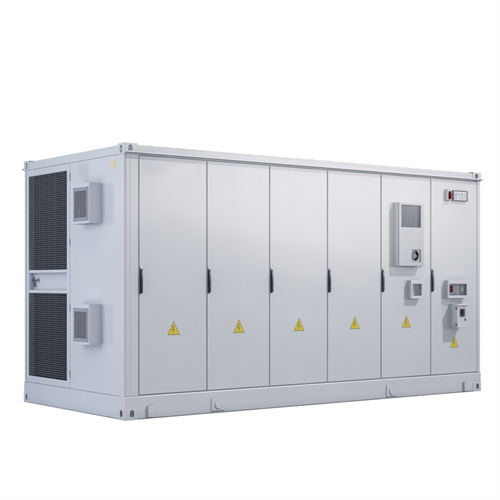About Japan s centralized shared energy storage policy
The policy states that CCS projects will begin in earnest by 2030, and that the government will work on cost reductions, legislation, and furthering public understanding to achieve the goal of storing 120-240 million tons of CO₂ per year by 2050.
As the photovoltaic (PV) industry continues to evolve, advancements in Japan s centralized shared energy storage policy have become critical to optimizing the utilization of renewable energy sources. From innovative battery technologies to intelligent energy management systems, these solutions are transforming the way we store and distribute solar-generated electricity.
When you're looking for the latest and most efficient Japan s centralized shared energy storage policy for your PV project, our website offers a comprehensive selection of cutting-edge products designed to meet your specific requirements. Whether you're a renewable energy developer, utility company, or commercial enterprise looking to reduce your carbon footprint, we have the solutions to help you harness the full potential of solar energy.
By interacting with our online customer service, you'll gain a deep understanding of the various Japan s centralized shared energy storage policy featured in our extensive catalog, such as high-efficiency storage batteries and intelligent energy management systems, and how they work together to provide a stable and reliable power supply for your PV projects.
6 FAQs about [Japan s centralized shared energy storage policy]
How often does Japan make a strategic energy plan?
The Government of Japan formulates the “Strategic Energy Plan” to show the direction of Japan’s energy policy. It is reviewed at least every 3 years in view of the latest energy situations at home and abroad, and revised if considered necessary. On October 22, the 6th “Strategic Energy Plan” was published.
What is Japan's Energy Policy?
Japan’s energy policy is guided by the principles of energy security, economic efficiency, environmental sustainability and safety (the “three E plus S”). The 5 th Strategic Energy Plan, adopted in 2018, aims to achieve a more diversified energy mix by 2030, with larger shares for renewable energy and restart of nuclear power.
What are Japan's Energy plans?
Japan’s 6th Strategic Energy Plan (released in 2021) and the GX (Green Transformation) Decarbonization Power Supply Bill (released in 2023) target increasing the share of non-fossil fuel generation sources to 59% of the generation mix by 2030 compared with 31% in 2022.
Should energy storage be regulated in Japan?
ic power system in Japan. Energy storage can provide solutions to these issues.Current Japanese laws and regulations do not adequately deal with energy storage, in particular the key question of whether energy storage systems should be regulated as a "ge
Can storage technology solve the storage problem in Japan?
THE RENEWABLE ENERGY TRANSITION AND SOLVING THE STORAGE PROBLEM: A LOOK AT JAPANThe rapid growth of renewable energy in Japan raises new challen es regarding intermittency of power generation and grid connection and stability. Storage technologies have the potential to resolve these iss
Why is Japan investing in utility-scale energy storage?
r investment in utility-scale energy storage.JAPAN'S RENEWABLE ENERGY TRANSITIONSince 2012, the Japanese government has actively championed renewable energy as an environmentally friendly power source, resulting in renewable en
Related Contents
- Japan s energy storage project policy
- Japan s energy storage development policy
- North asia shared energy storage policy
- Ouagadougou shared energy storage support policy
- Lebanon shared energy storage policy document
- Japan s hydrogen energy storage technology
- Japan s high-quality energy storage merchants
- Japan s emergency energy storage vehicle brand
- Japan yihua is an energy storage concept
- Seaport japan energy storage
- Japan times energy storage
- Japan new energy storage technology


